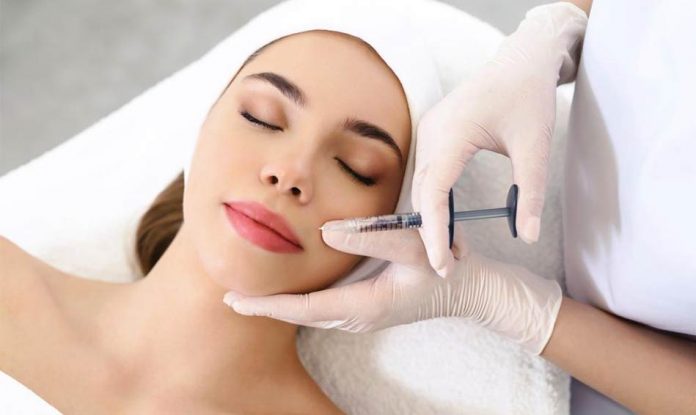Table of Contents
People are living longer and age gracefully. That is why the demand for anti-aging and beauty services is growing steadily over the years. The anti-aging market is now a lucrative and thriving business, with new companies and products continuing to enter the space at an increasing rate. Now that you have access to more information about anti-aging treatments, you can make an informed decision on what is best for your skin. With more than 20 million plastic surgery procedures performed annually in the United States alone, it’s no secret that this type of cosmetic enhancement has had a huge impact on society.
What many people don’t realize, however, is that there are three primary types of anti-aging treatments available today. To help you understand which one might be the best option for your unique skin needs, we’re going to break down all three of them here.
The Basics of Anti-Aging Treatments
When people think of anti-aging treatments, they often jump straight to cosmetic surgery. While this is a valid option, it is essential to note that it is one of three types of breakthrough anti-aging treatments available today. These include:
- Fractional Laser Skin Resurfacing – This type of treatment uses high-powered lasers to remove damaged skin and promote new, healthy skin growth.
- Collagen Injections – These injections use a natural protein found in the human body called collagen to promote firmer, healthier skin.
- Botox and Dysport – For those who are looking for a way to reduce the appearance of wrinkles, Botox and Dysport may be the perfect solution.
Fractional Laser Skin Resurfacing
Fractional laser skin resurfacing is one of the most popular forms of anti-aging. It uses laser technology to improve the health and appearance of your skin. This method removes the damaged outer layers of skin and stimulates the production of new, healthy cells. Fractional laser skin resurfacing is ideal for those with mild to moderate aging signs.
It’s also great for those concerned about their skin’s health, such as acne or melasma. In most cases, this procedure leaves your skin red and swollen. Swelling may last up to a week, but the redness should disappear within a few days. Fractional laser skin resurfacing is relatively affordable compared to other anti-aging procedures.
Collagen Injections
Collagen injections are one of the oldest and most traditional anti-aging treatments available. They are frequently used to treat wrinkles, as well as bags and dark circles under the eyes. This procedure uses a natural protein called collagen to promote firmer, healthier skin. It works by injecting collagen into the skin to plump it up and reduce the appearance of fine lines and wrinkles. Collagen injections are affordable compared to other anti-aging procedures.
You will need to visit the dermatologist’s office for this procedure. The injections are administered directly into the skin, so they are not painful. The estimated downtime is minimal: most people experience only mild redness and swelling after receiving a collagen injection.
Botox and Dysport
Botox and Dysport are injectable neurotoxins that temporarily paralyze facial muscles. This process is commonly used to treat wrinkles and fine lines. However, it can also be used to treat acne and hyperhidrosis (excessive sweating). If you’re interested in Botox or Dysport, make sure you visit a board-certified dermatologist to ensure the treatment is administered properly. Botox injections are slightly more expensive than collagen injections, but they last longer. Most people find that Botox and Dysport last for four to six months, although some people may see results for as many as 10 months. Botox is a quick procedure that are performed in a dermatologist’s office.
For the residents of California, Lebae offers mobile Botox in Los Angeles. Getting at-home cosmetic injections by a professional is an advantage for busy people. They also bring services such as fillers, facial treatments, Microneedling, Lymphatic drainage massage, skin care consultation, and Morpheus8 treatment.
You can expect some mild swelling and redness in the days following the procedure. Some patients may experience headaches, itching or tenderness at the injection site. Your dermatologist can help you manage these side effects with appropriate medications.















